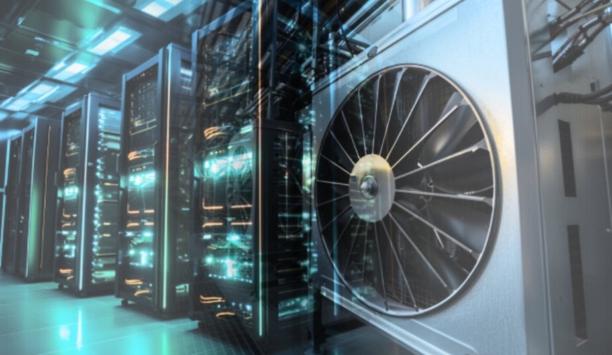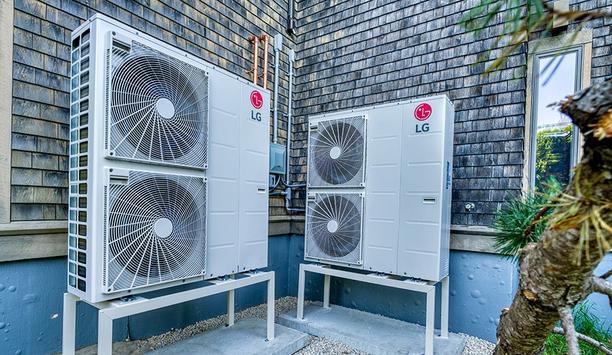Honeywell released the findings of its AI in Buildings study, which revealed that 84% of commercial building decision makers plan to increase their use of AI in the next year to help them improve security, streamline energy management and integrate predictive maintenance.
In this study of U.S. building managers and decision makers with more than 250 building occupants, Honeywell found that across property types, respondents are increasingly using AI to help improve process efficiency, productivity and operations.
Building operations into AI's capabilities
Greater chance remains ahead for building functions to tap into AI's abilities to enhance employee training
However, since most respondents (92%) reported challenges in hiring skilled, tech-savvy individuals, a greater opportunity remains ahead for building operations to tap into AI's capabilities to enhance employee training, augment their current workforce and ultimately help upskill labor to support the sector's rapidly changing needs.
"AI in buildings is a game-changer that not only helps decision makers potentially maximize operations and efficiencies, but it can also help improve security for guests, minimize energy usage for tenants and reduce costly downtime by flagging issues before they happen," said Billal Hammoud, president and CEO of Honeywell's building automation segment.
Basic AI functions
Hammoud added: "With basic AI functions already integrated into many commercial buildings, pioneers should pivot their focus to the upskilling opportunities it presents for employees who can tap into AI to help buildings reduce carbon emissions while being more secure and operationally efficient."
For commercial buildings, Honeywell's research found that AI has moved beyond experimental and is now becoming mainstream, as evidenced by its increased usage for day-to-day building management. Key findings include:
- Nearly 60% of respondents have already adopted AI to streamline maintenance and repair processes.
- One of the most common use cases is predictive maintenance, which helps identify issues before they become larger concerns and is currently used by 49% of respondents.
- Security and safety are also top-of-mind for more than half of all respondents.
- Frequent use cases cited by respondents were monitoring for unusual behavior (63%), location tracking systems for occupant safety (52%) and biometrics-based access control systems (45%).
- Decision makers are turning to AI for everything from temperature control to water usage.
- More than half (55%) of respondents currently use AI for overall building energy management, 41% use it for water usage monitoring, and 40% implement it for temperature comfort.
















